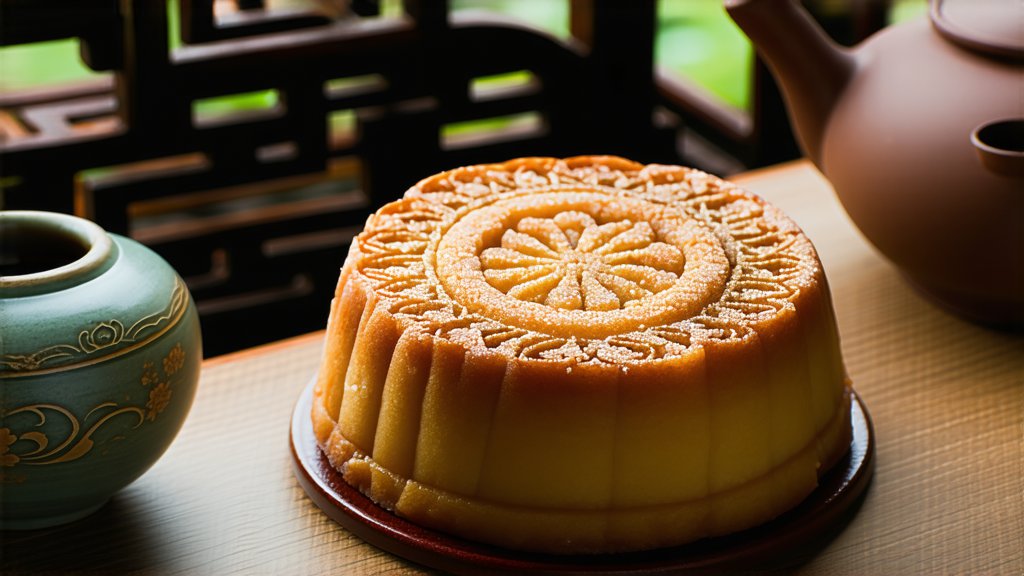
Pu-erh tea, a distinctive variety of dark tea hailing from the Yunnan province in China, is renowned for its complex flavors and numerous health benefits. This tea has a rich history that dates back to ancient times, evolving through various cultural and historical phases to become the cherished beverage it is today.
Historically, Pu-erh tea was first produced during the Tang Dynasty (618-907 AD) but gained significant prominence during the Ming Dynasty (1368-1644 AD). It was initially used as a medium of exchange among different ethnic groups in the region due to its high value and long shelf life. Over time, the production methods and cultural significance of Pu-erh tea have been refined, making it not just a beverage but an integral part of Chinese heritage.
There are two primary types of Pu-erh tea: raw (Sheng) and ripe (Shou). Raw Pu-erh undergoes a natural fermentation process over several years, which allows its flavor profile to evolve gradually. On the other hand, ripe Pu-erh is subjected to a controlled fermentation process known as "wet piling," accelerating the aging process and giving the tea a mellower taste more quickly.
The production of Pu-erh tea involves several intricate steps. Firstly, the leaves are harvested, typically from the large-leaf species of the Camellia sinensis plant native to Yunnan. These leaves are then withered, rolled, and sun-dried to create Maocha, or rough tea. For raw Pu-erh, the Maocha is compressed into cakes, bricks, or other forms and left to age naturally. During this aging period, microbial activity transforms the tea's chemical composition, leading to its unique flavor profile. For ripe Pu-erh, the Maocha undergoes a piling process where it is moistened and piled up to encourage microbial fermentation before being compressed and aged.
Pu-erh tea is celebrated not only for its rich, earthy flavors but also for its potential health benefits. It is believed to aid digestion, reduce cholesterol, and promote weight loss. Additionally, the aging process of Pu-erh tea can lead to the development of beneficial microorganisms that contribute to gut health.
To properly appreciate Pu-erh tea, one must understand the art of brewing and tasting. The tea should be brewed using water just below boiling point, around 95°C (203°F), to avoid scalding the leaves and extracting bitter flavors. A gaiwan or a Yixing clay teapot is often preferred for brewing Pu-erh due to their ability to retain heat and enhance the tea's flavor.
When tasting Pu-erh tea, pay attention to its aroma, color, taste, and texture. A high-quality Pu-erh will have a balanced flavor profile with notes of earthiness, sweetness, and sometimes even hints of fruitiness or spice. The tea liquor should be a deep, amber color, and the mouthfeel should be smooth and velvety.
In conclusion, Pu-erh tea represents an extraordinary blend of tradition, craftsmanship, and cultural significance. Its unique production methods and aging process result in a beverage that offers both depth of flavor and potential health benefits. Whether you are a seasoned tea connoisseur or a curious newcomer, exploring the world of Pu-erh tea is sure to be a rewarding experience.